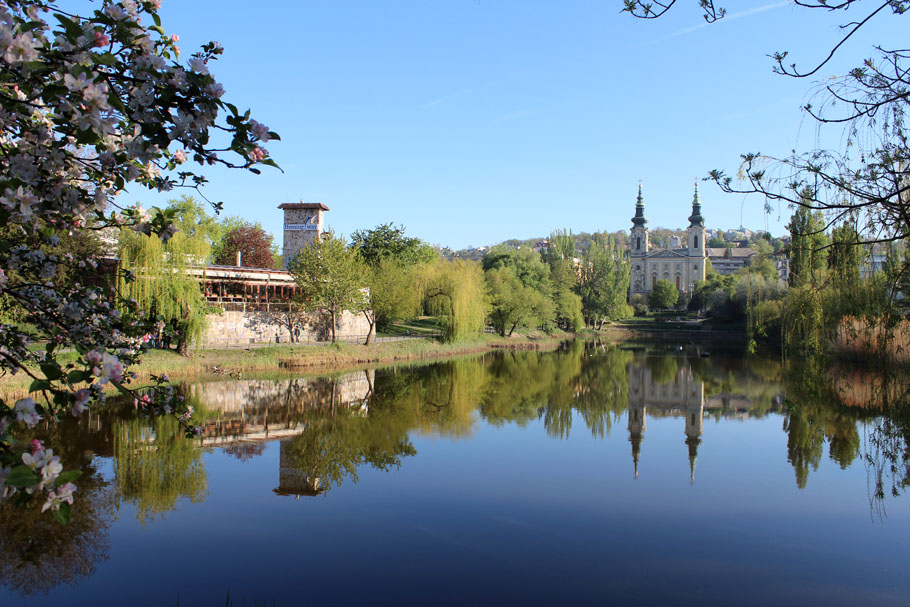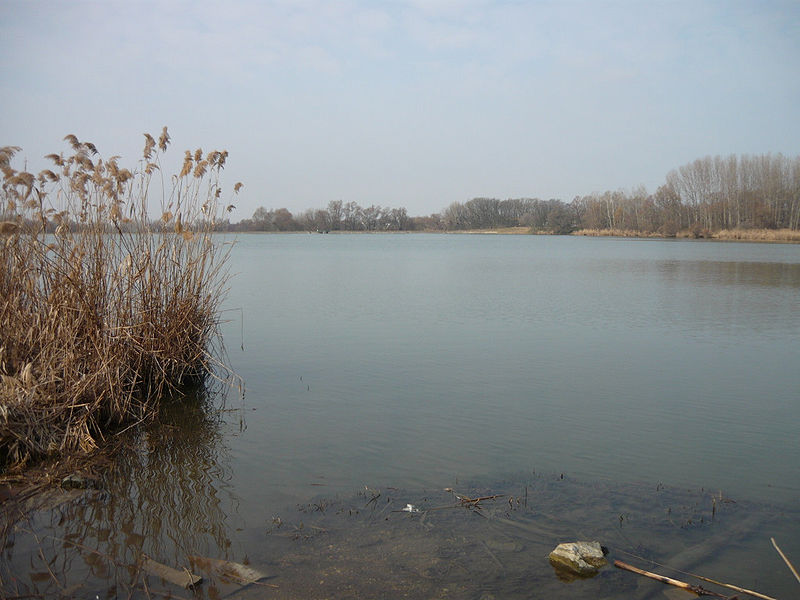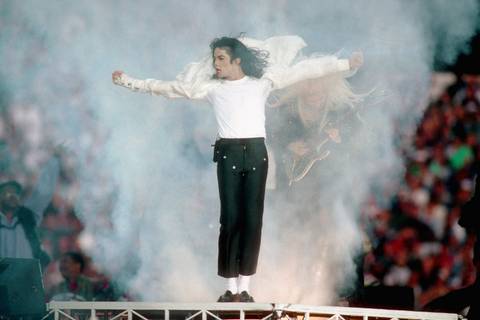The shores of many of the lakes in Budapest are perfect for relaxation. We've collected the lovely lakes of Budapest for nice spring weather, where you can drink wine, have a picnic, take a date, fish or simply daydream. Remember, in Hungarian the word "tó" means lake, so we use that in the place names throughout the article.
1/8
Naplás-tó
Naplás-tó (officially called the Szilas-pataki Flood Control Reservoir) is the largest lake in Budapest. Its tranquil environment makes it an attractive destination for excursions in the 16th District. Although swimming is not allowed, you can skate on in if it ices over in winter! From an ecological point of view, Naplás-tó is one of the most precious areas in the Hungarian capital.
2/8
Feneketlen tó
The lake formed in 1877, when the workers at the one-time brick factory in today's Kosztolányi Square hit water while digging for clay. There are a variety of urban legends around the story; some say that the workers who lost their lives in the event are still resting at the bottom of the lake. It doesn't help to dispel the legend, when remnants from battles between 1919 and 1921 occasionally resurface. Despite its name (feneketlen means bottomless) the lake is only about 5 meters deep, and instead of dead bodies and aliens mostly discarded items like benches and shopping carts can be found underwater. In fact, the most peculiar item found was a package stuffed with several million forints. The lake has become a meeting point for high school students smoking after school, couples sipping wine, and groups trying to get drunk cost-effectively. This means there's sometimes police presence, but we think this doesn't decrease the relaxation factor of the place.
3/8
Városligeti tó
A little more than 200-years-ago, there was but a bog where today's Városligeti tó is. It was Archbishop József Batthyány in the last years of the 18th century who came up with the idea of creating a park similar to that of Vienna' Schönbrunn. These plans were realised in 1896, when the country celebrated its 1000th anniversary and City Park was designated to house the Millennial Exhibition. It was then that the bridge between the island Heroes' Square, the ice rink's building and Vajdahunyad's Castle were built. Upon the construction of the underground stops in the area, a part of the lake was filled up and the Páva Island disappeared. The water of Rákos Creek was then led into the surviving part of the lake, improving the situation. In 1908, the basin of the lake was paved, so a large portion of the water could simply be drained-off in winter. The fact that today a part of the lake remains a lake even in the winter is a decade-old achievement by the Robinson Restaurant.
4/8
Guttmann-tó
The Újhegyi fish pond that you can approach by bus 85 from Kőbánya-Kispest and Örs Vezér Square is a small one, but rich in fish so it attracts quite a number of anglers. The natural setting of the lake and its reeds are in stark contrast with the concrete jungle in the backdrop, but this doesn't seem to disrupt the locals who come out to relax here in good weather. Swimming is not recommended.
5/8
Kána-tó
Kána-tó is located on the border between the 11th and the 22nd Districts of Budapest. The surrounding greenery makes it quite attractive for fans of picnics as well as families in general. The place is excellent for cooking on a campfire. Fishing is only allowed with a valid day ticket. The 3-acre lake was formed in 2005.
Address: 1112 Budapest, Kánai Road 2.
6/8
Csali Fish Pond
The Csali Fish Pond of the 17 District is unknown even to many locals, despite the fact that the place is perfect for recreation and there is absolutely no constraint on fishing. There is also a patio area to relax in plus horse stables by the fishing park.
Address: 17th District, end of Kis-Károshíd Road










